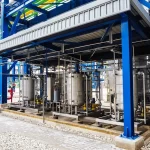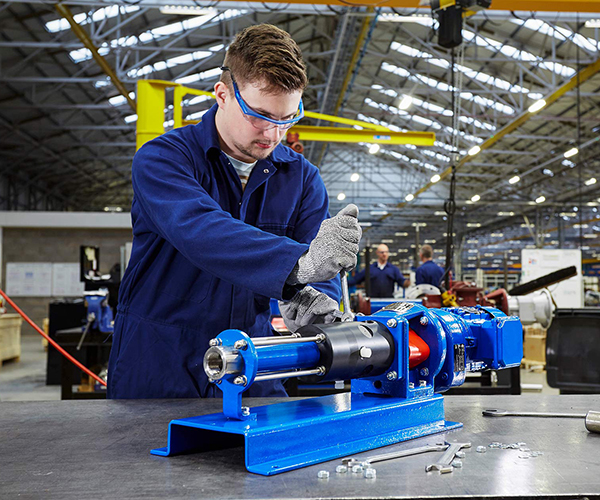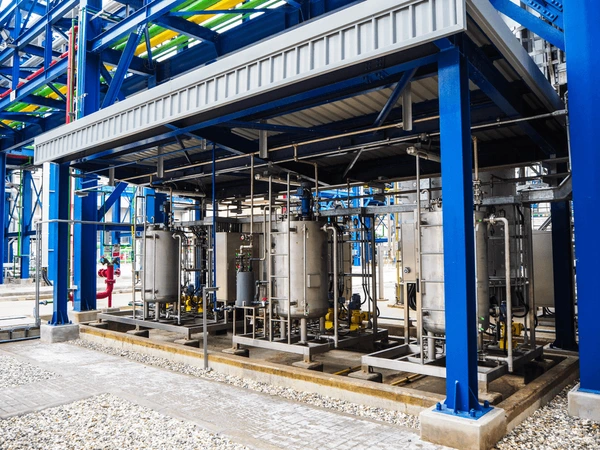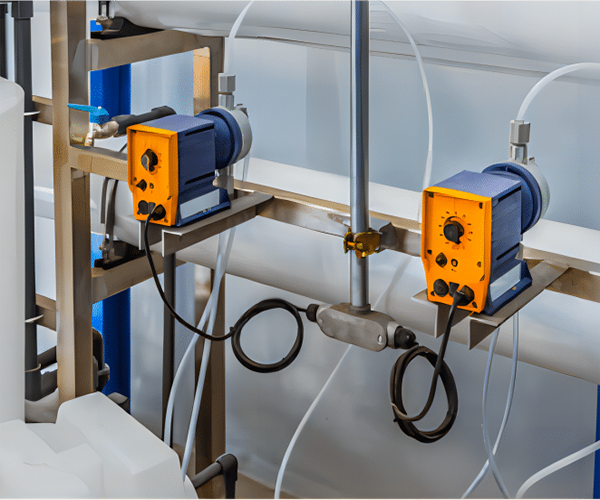
What is chemical dosing system?
March 16, 2024Dosing pump, also known as, metering pump, is a positive displacement pump that is designed to inject a chemical or another substance into a stream of water, gas or steam. Metering pumps are typically small and provide extremely precise flow rates for maximum control. They are the core part of an integrated metering system designed for automatic chemical dispersion. They are pumps designed to dispense specific amounts of fluid and measure flow control. They use expansion and contraction chambers to move the fluid. Over time, metering pumps have also become highly accurate and can pump a variety of liquids, including corrosives, acids and bases, as well as slurries and viscous liquids.
Dosing pump application scenarios
Dosing pumps(chemical dosing pump) are commonly used in water treatment, food, petrochemical, industrial plants, agriculture, manufacturing facilities, medical laboratories and mining operations. Chemical feed pumps can be used to add corrosive chemicals or acids to water storage tanks to neutralize pH levels. It can also be used as a chlorine pump to kill bacteria. Chemical metering pumps are designed to operate in challenging situations, such as high temperature and high-pressure environments.
Types of dosing pumps.
Metering pumps are available in a variety of types and sizes. Whether they are used in food processing applications, manufacturing plants or anywhere else where liquids need to be pumped in constant and precise amounts, there is a metering pump that is perfect for the job. The four conventional metering pump types are designed for different pressures, chemicals and applications. They vary by pumping action and mechanism:
- Diaphragm/Plunger (constant injection) pumps use diaphragms, pistons and valves at the inlet and outlet to fill and empty their chambers. The pumping of the piston fills the chamber and injects a specific amount of chemical at a preset rate, usually as a percentage of the maximum flow rate. Some pump models are capable of varying the dose rate.
- Solenoid pump also use a diaphragm mechanism, but instead of a constant flow rate, a solenoid coil draws in the chemical and injects it in pulses. The flow rate is the length of time between pulses. It is not as accurate as a constant injection pump, but the design is simple and inexpensive.
- Mechanical Diaphragm pump with special flexible diaphragm replace piston design processing, under the action of a driving mechanism to realize reciprocating motion, complete the suction and discharge process. Electric diaphragm pump due to the isolation of the diaphragm in the structure of the measurement of fluid and drive lubrication mechanism between the isolation. High-tech structure design and selection of new materials have greatly improved the service life of the diaphragm, coupled with excellent corrosion resistance properties of composite materials, diaphragm metering pump has now become the main pump fluid metering application type.
- Progressive Cavity/Screw pump that allows a certain volume of fluid to pass through a stator and rotor. It is not as accurate as a diaphragm/plunger pump and is only suitable for high viscosity fluids that have a self-lubricating effect to minimize wear. They are not made for low flow rates, as it is difficult to ensure accuracy.




